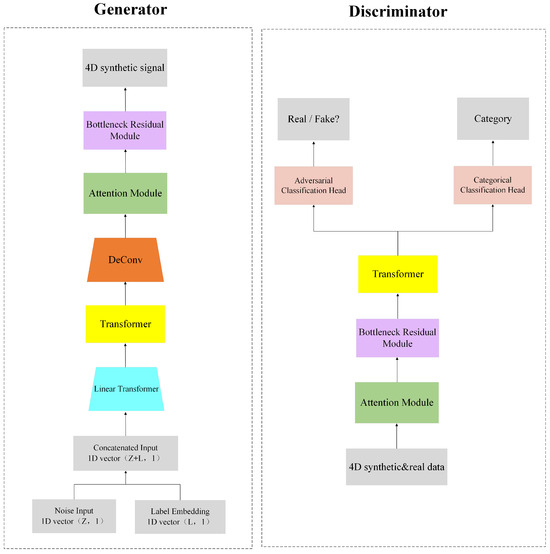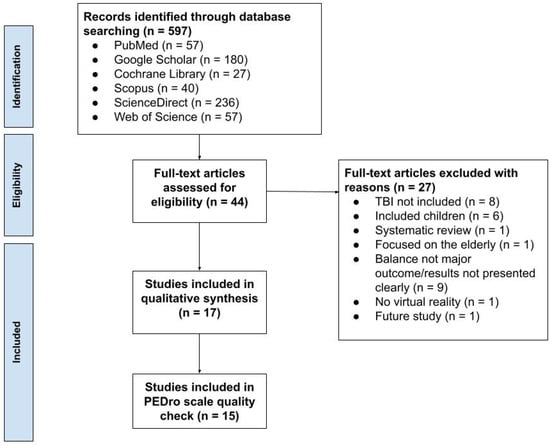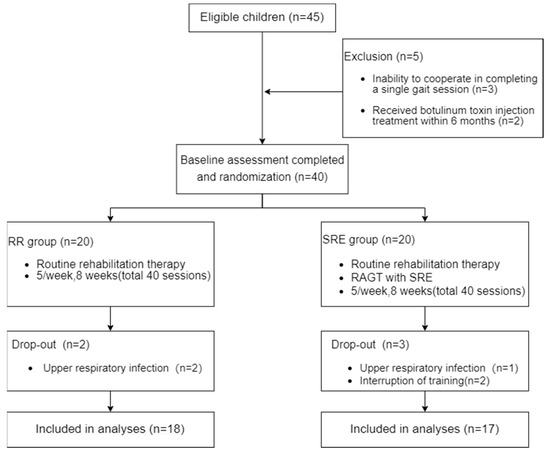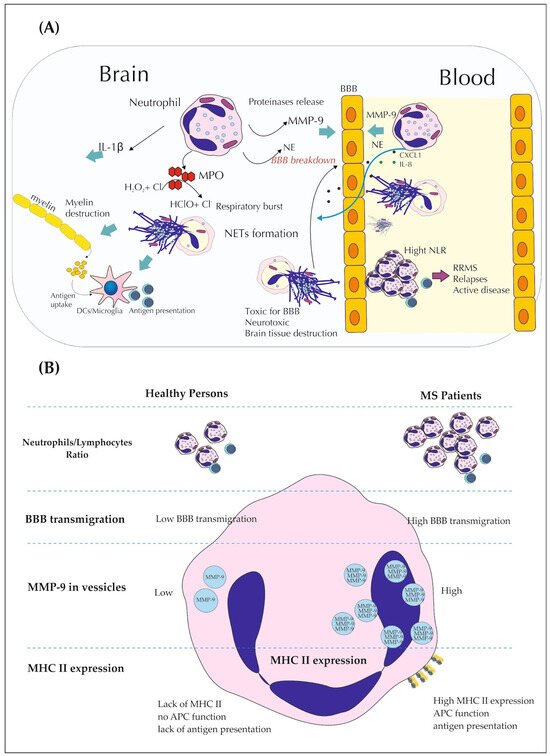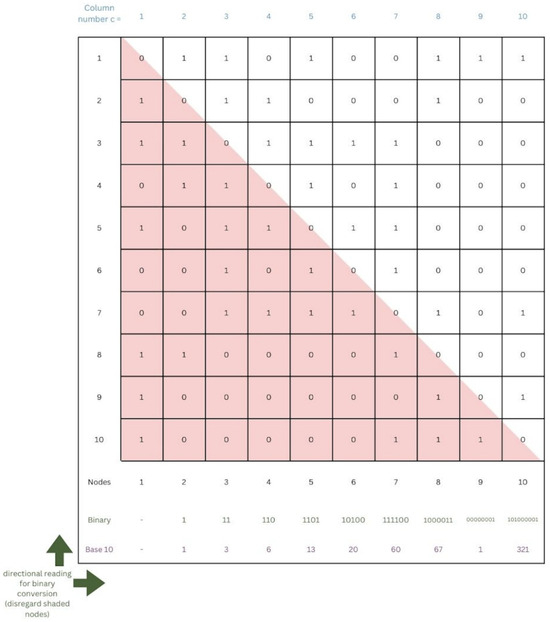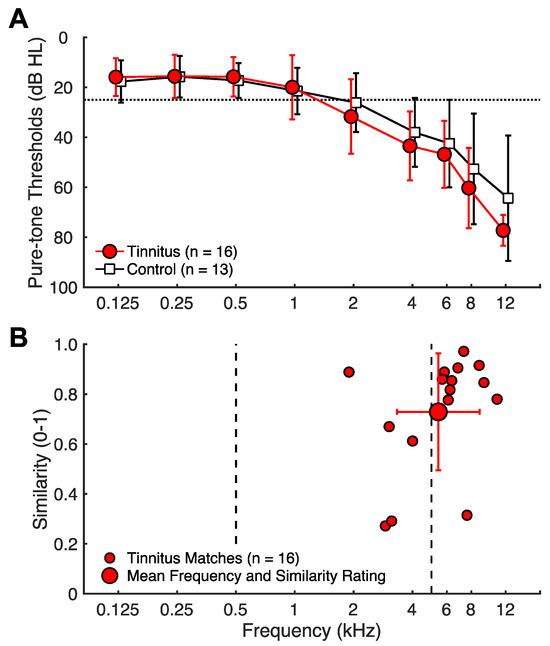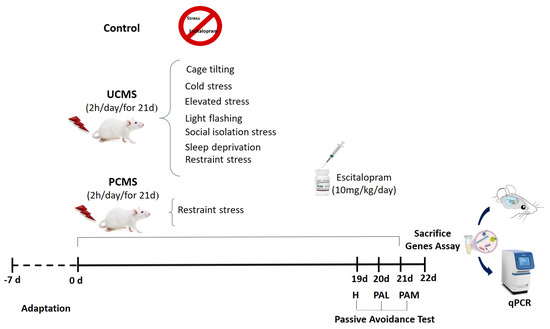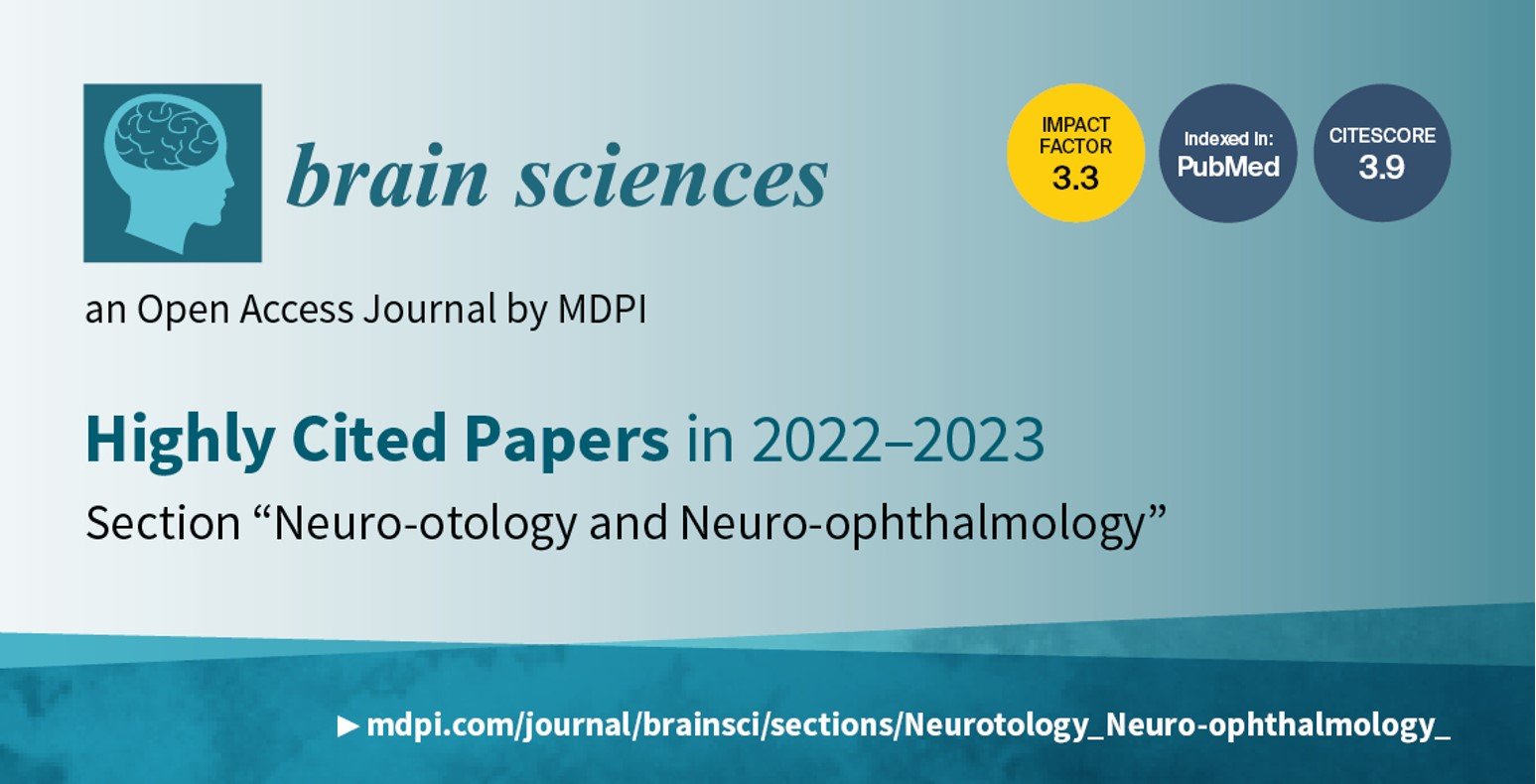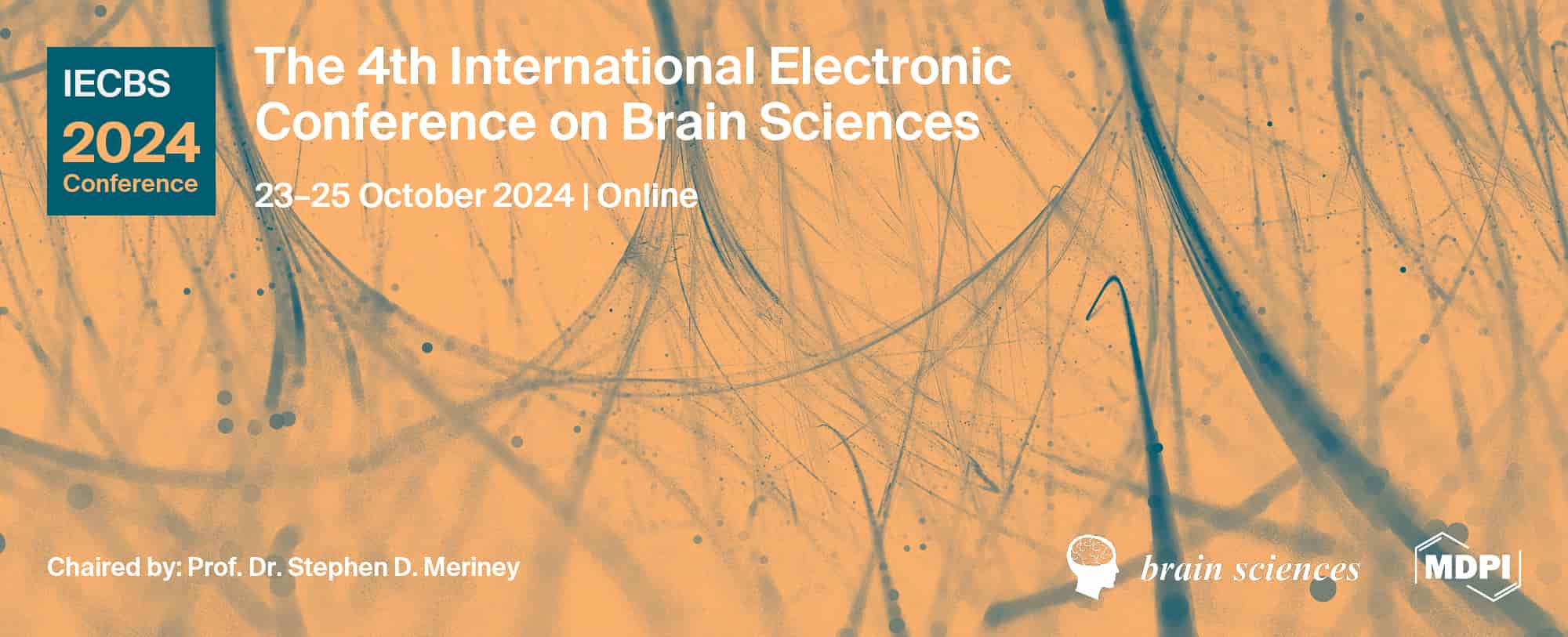-
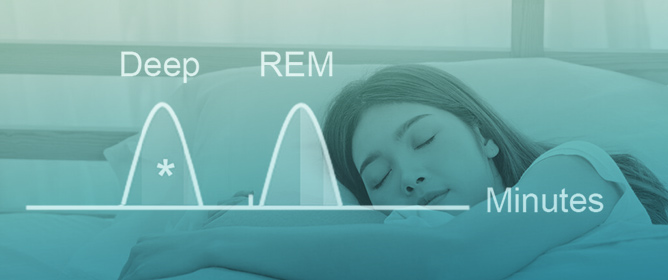 Timing of Deep and REM Sleep Based on Fitbit Sleep Staging in Young Healthy Adults under Real-Life Conditions
Timing of Deep and REM Sleep Based on Fitbit Sleep Staging in Young Healthy Adults under Real-Life Conditions -
 Behavioral and Psychiatric Disorders in Syndromic Autism
Behavioral and Psychiatric Disorders in Syndromic Autism -
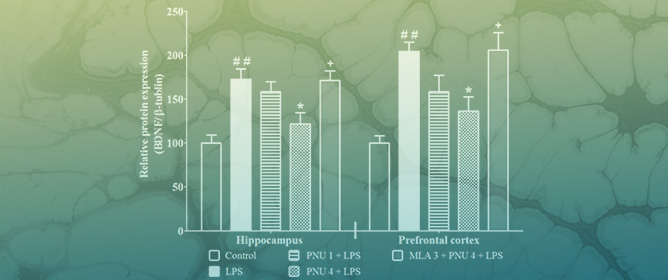 The α-7 Nicotinic Receptor Positive Allosteric Modulator Alleviates Lipopolysaccharide Induced Depressive-like Behavior by Regulating Microglial Function, Trophic Factor, and Chloride Transporters in Mice
The α-7 Nicotinic Receptor Positive Allosteric Modulator Alleviates Lipopolysaccharide Induced Depressive-like Behavior by Regulating Microglial Function, Trophic Factor, and Chloride Transporters in Mice -
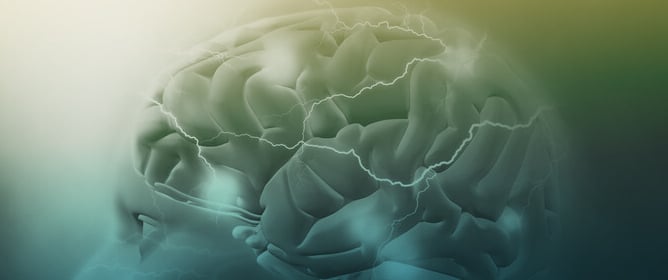 Transcriptional Responses of Different Brain Cell Types to Oxygen Decline
Transcriptional Responses of Different Brain Cell Types to Oxygen Decline -
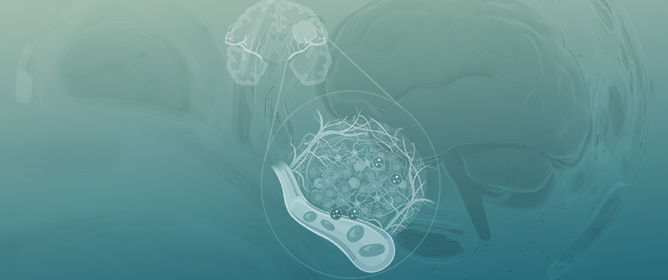 The Interplay between Glioblastoma Cells and Tumor Microenvironment: New Perspectives for Early Diagnosis and Targeted Cancer Therapy
The Interplay between Glioblastoma Cells and Tumor Microenvironment: New Perspectives for Early Diagnosis and Targeted Cancer Therapy
Journal Description
Brain Sciences
- Open Access— free for readers, with article processing charges (APC) paid by authors or their institutions.
- High Visibility: indexed within Scopus, SCIE (Web of Science), PubMed, PMC, Embase, PSYNDEX, CAPlus / SciFinder, and other databases.
- Rapid Publication: manuscripts are peer-reviewed and a first decision is provided to authors approximately 15.6 days after submission; acceptance to publication is undertaken in 2.5 days (median values for papers published in this journal in the second half of 2023).
- Recognition of Reviewers: reviewers who provide timely, thorough peer-review reports receive vouchers entitling them to a discount on the APC of their next publication in any MDPI journal, in appreciation of the work done.
Latest Articles
E-Mail Alert
News
Brain Sciences | Highly Cited Papers in 2022–2023 in the Section “Psychiatric Diseases”
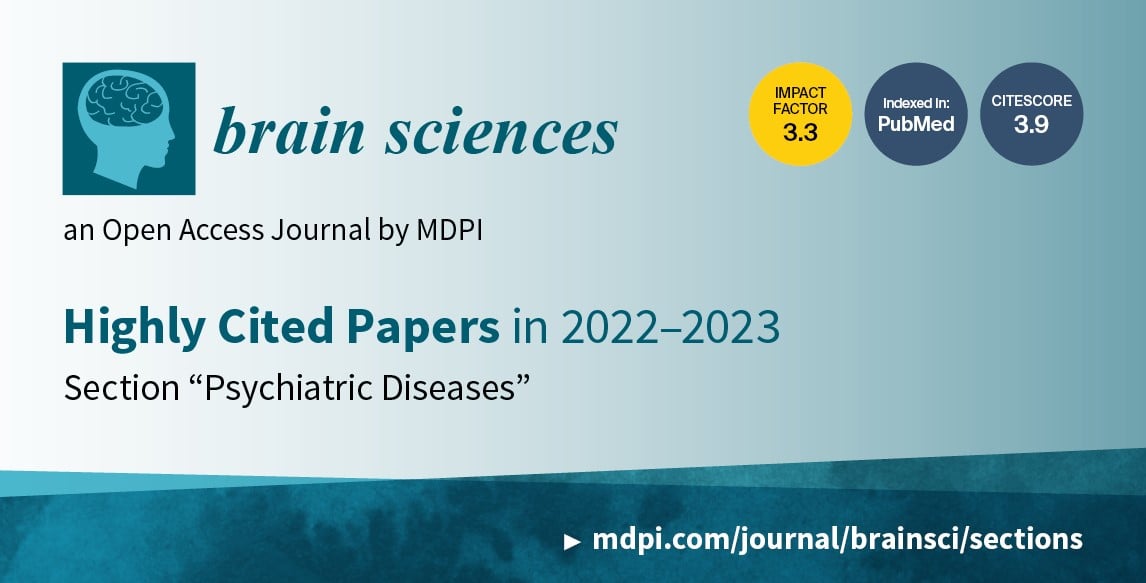
Brain Sciences | Highly Cited Papers in 2022–2023 in the Section “Sensory and Motor Neuroscience”
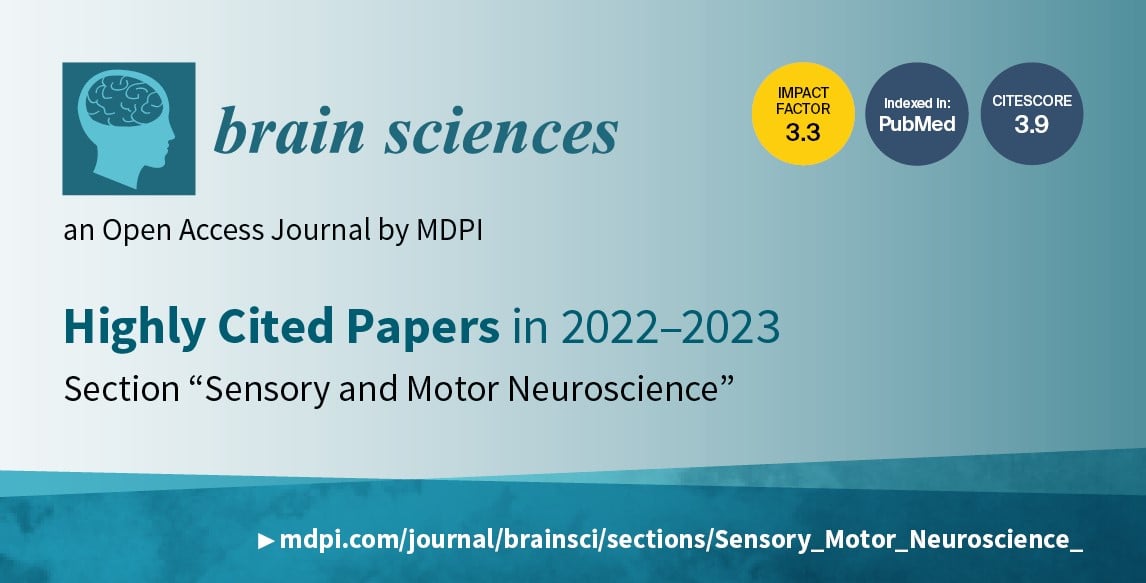
Topics
Deadline: 30 June 2024
Deadline: 30 September 2024
Deadline: 31 October 2024
Deadline: 31 December 2024
Conferences
Special Issues
Deadline: 30 April 2024
Deadline: 17 May 2024
Deadline: 7 June 2024
Deadline: 10 June 2024




